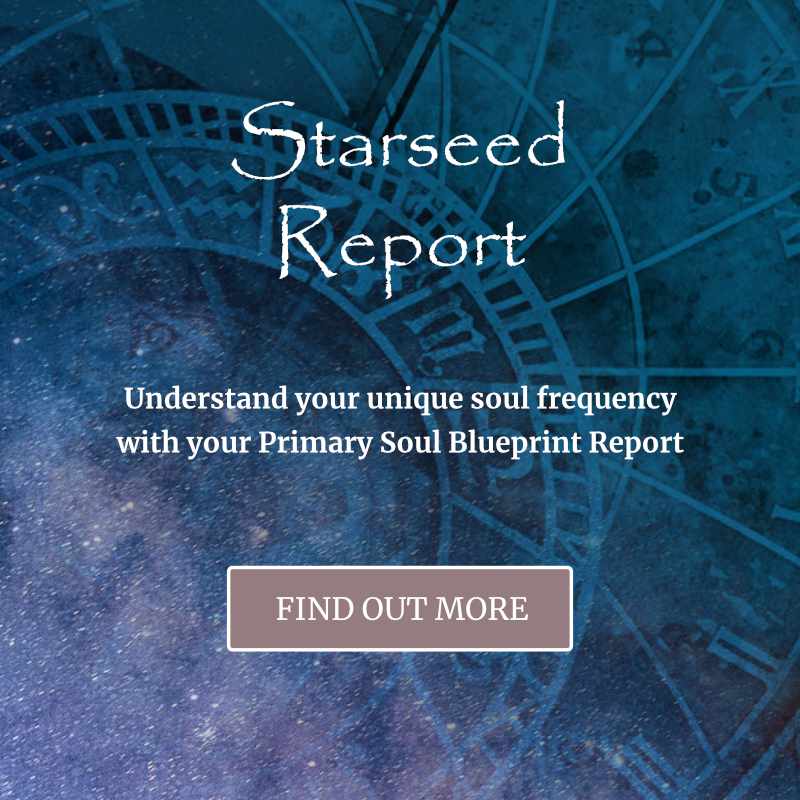Sorry but you do not have access to this page.
If you would like to view content in the Lost Wisdom Library, please SIGN IN or click the button below to sign up:
Follow the latest videos, podcasts and discussions on Saira’s Youtube Channel … the Salmon Pool
Want to know more?
Sign up to Saira’s newsletter for the latest research




